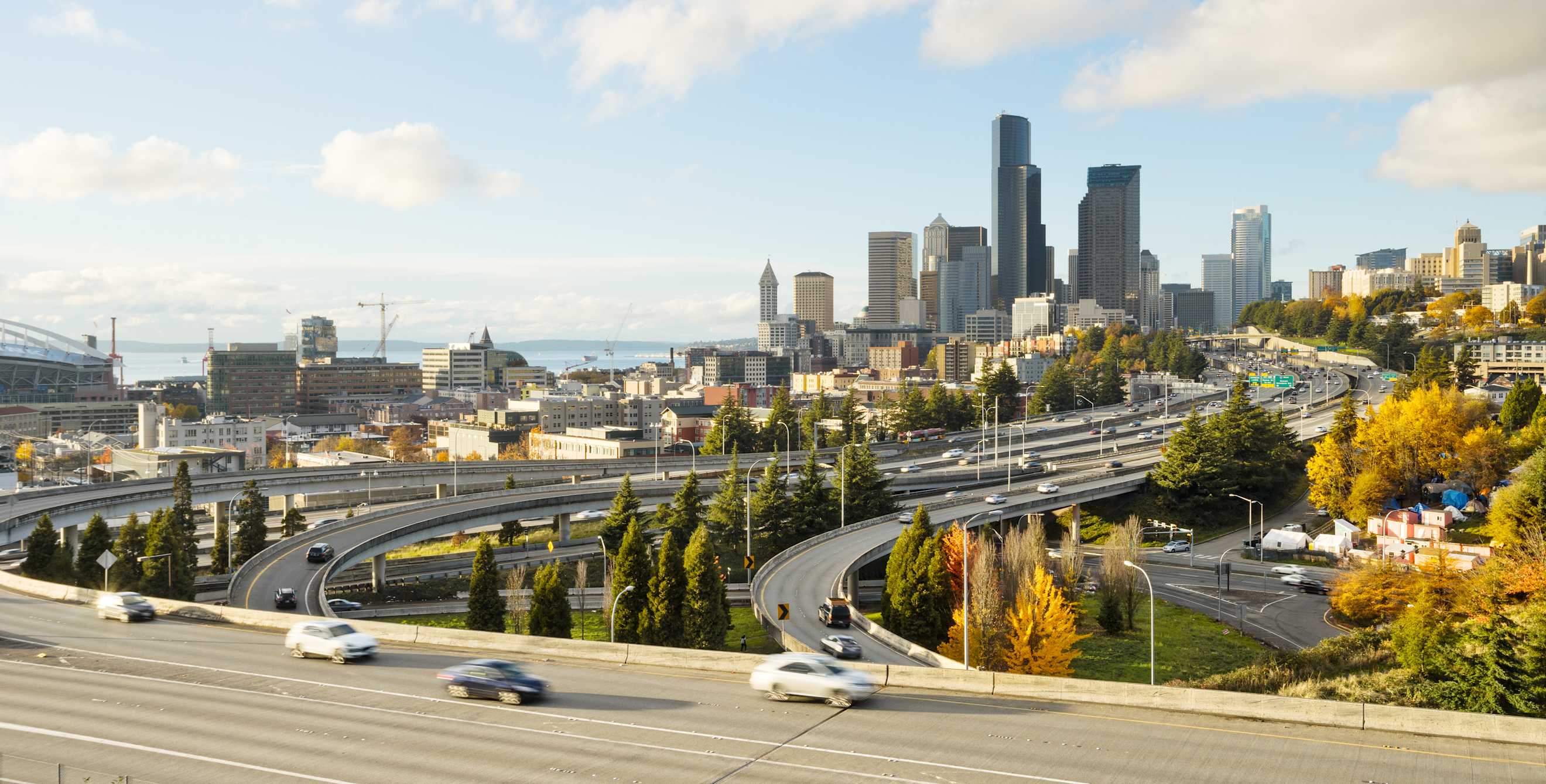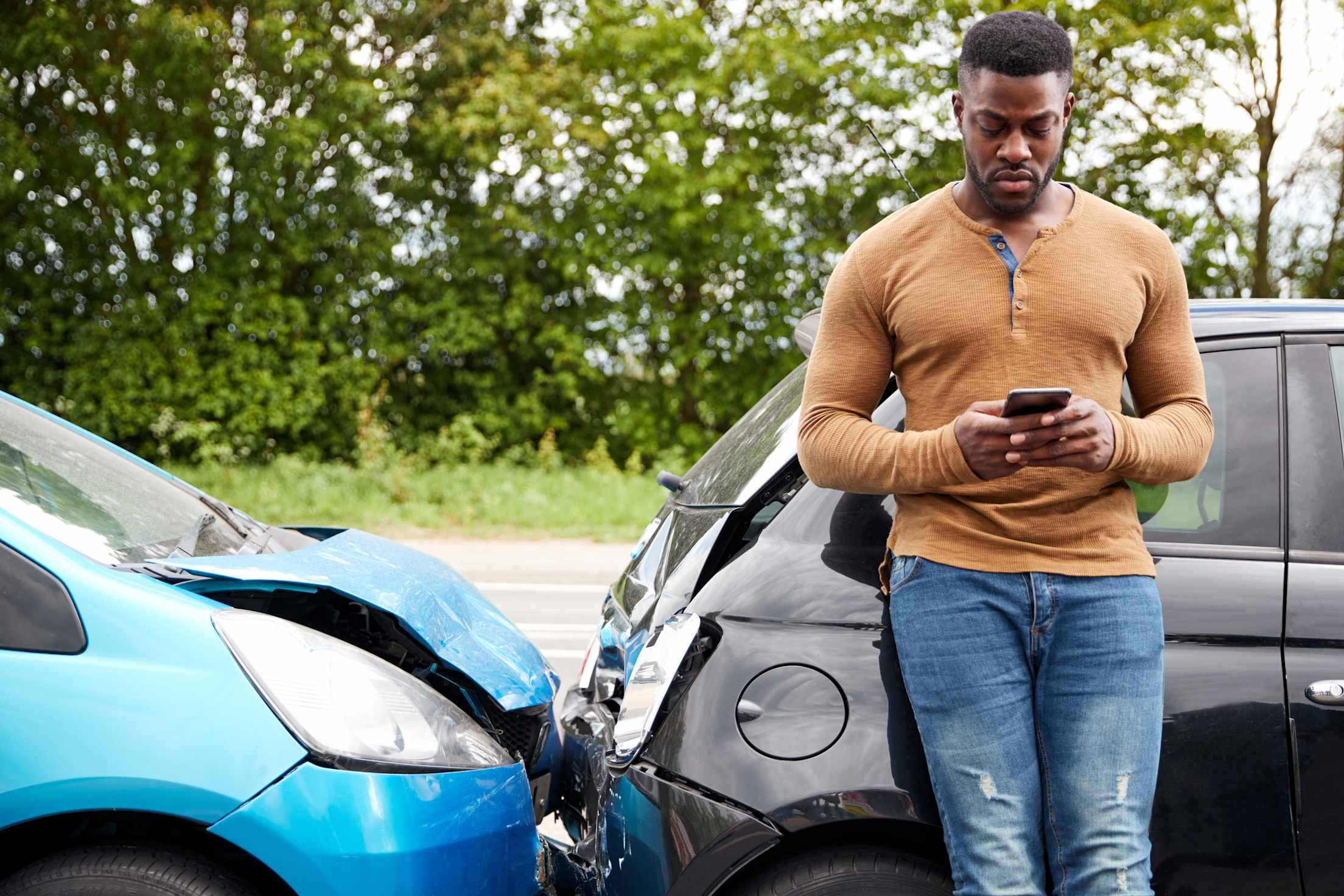
No, It's Not Okay to Drive 5 MPH Over the Speed Limit
Speeding is just as deadly as drunk driving.

A speeding driver endangers everyone on the road, including themselves.
In 2020, speeding drivers killed 11,258 people, according to the National Highway Traffic Safety Administration (NHTSA). Speeding—going faster than the speed limit or driving too fast for the conditions—is just as deadly as drunk driving. Excessive speed and alcohol were each involved in a third of all traffic fatalities in 2020.
While it’s true that speeding and risky driving surged when roads emptied during the pandemic, this problem isn’t new. Speeding has been involved in nearly 30 percent of all traffic fatalities in the United States for more than 20 years.
Despite its well-known dangers, nearly half of drivers surveyed by the AAA Foundation for Traffic Safety admitted they had driven more than 15 mph over the speed limit in the past month and more than 35 percent said they had exceeded the speed limit by 10 mph on a residential street in a nationally representative survey conducted in 2020. Just 5 mph can make a difference in the severity of the collision and the outcome, and yet a 2018 NHTSA study found that more than a third of drivers were speeding by at least 5 mph in 2015.

The Impacts of Speeding
More than just breaking the law, speeding has wide-ranging consequences, from increased fuel consumption to more severe crashes.
The faster you drive, the more distance you travel between spotting an emergency, such as a child darting into the street or a collision ahead, and reacting to it. Higher speeds have also been shown to decrease drivers’ peripheral awareness, which means you are less likely to see or predict people crossing the street or a cyclist in the bike lane. And once you do react, you’ll have a harder time stopping quickly. A driver going 40 mph will go twice the distance before coming to a complete stop as a driver moving at 25 mph. “The faster a driver is going before a crash, the less likely it is that they’ll be able to get down to a survivable speed, even if they have a chance to brake before impact,” says David Harkey, president of the Insurance Institute for Highway Safety (IIHS).
Each mile per hour faster a driver goes, the more forces increase if a collision occurs. Higher speeds increase the chance of injury or death for drivers and vulnerable road users such as pedestrians, cyclists, and emergency responders. In a collision between a driver and a pedestrian or bicyclist, the driver’s speed largely determines if the person hit will survive. A pedestrian struck by a person driving 30 mph is 75 percent more likely to be seriously injured or killed than a pedestrian hit at 20 mph. If struck by a driver going 20 mph or less, a pedestrian is typically not permanently injured or killed. But a pedestrian hit by a driver going 32 mph has a 1 in 4 chance of dying. At 42 mph, the risk of death jumps to 50 percent.
Small speed increases can also have huge effects on crash outcomes for drivers and passengers. Crash tests by the AAA Foundation for Traffic Safety, IIHS, and Humanetics found that as crash speeds increased from 40 mph to 50 and 56 mph, the test vehicle had more structural damage and greater forces were registered on the test dummy’s entire body. The researchers concluded that even relatively small increases in speeds of 5 or 10 mph increase a driver’s injury and fatality risk.
"Speeding drivers may arrive at their destinations a few minutes quicker, but is the tradeoff of getting injured or losing one's life worth it if a crash occurs?" says David Yang, executive director of the AAA Foundation for Traffic Safety.
To make matters worse, speeding historically has led to higher speed limits. In many states across the West, including Arizona and California, speed limits are set using the 85th percentile method, a federal standard that many cities and states are now moving away from, including Oregon. Under this principle, engineers survey a stretch of road, typically every 10 years, to see how fast people are driving. Officials then set the speed limit based on how fast 85 percent of drivers were going. This has led to speed limits creeping up across the country, and rather than driving the new speed limit, people still continue to exceed it. A 2019 IIHS study found that rising speed limits across the U.S. have caused an additional 37,000 people to be killed between 1993 and 2017.

What can you do?
- Always drive at the speed limit, or below if conditions require it, such as challenging weather, poorly lit roads, or construction zones.
- Steer clear of speeding drivers and give them as much space as possible. If you’re being tailgated, move over to allow the aggressive driver to pass.
- Always move over or slow down for emergency responders and vehicles on the shoulder. It’s the law, and it’s crucial for protecting people working on the side of the road from deadly crashes.
- Teach teen drivers the importance of following the speed limit and the potential consequences of speeding.